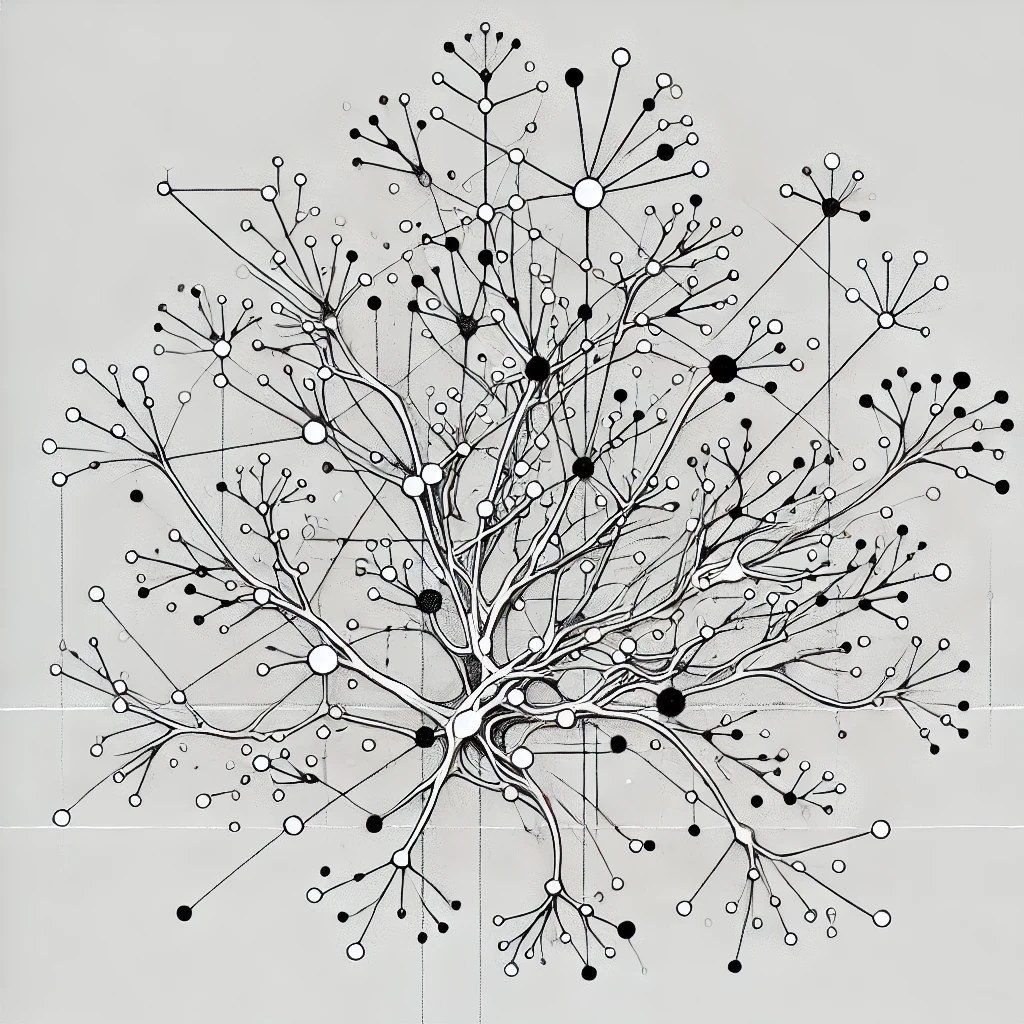The Zettelkasten thrives on clear, coherently linked notes. But how can you ensure that every new note meets these standards? This is where staging comes in – a process that not only checks the quality of your notes but also ensures their seamless integration into your knowledge network.
The Staging Process: Steps to Note Quality
The staging process ensures that every note meets the high standards of an effective Zettelkasten. The following criteria play a central role:
1. Checking the Title
A precise and descriptive title is essential. It should capture the main message or core of the note and immediately convey its purpose.
2. Formulating the Note
- Context Independence: The note should be understandable on its own, without referring to other entries.
- Clarity and Conciseness: The idea should be expressed clearly and without unnecessary elaboration.
3. Atomicity
Does the note contain only a single idea? This rule helps keep the connections in the Zettelkasten clean and traceable.
4. Linkability and Source References
- Are there logical connections to existing notes? These links should be explicitly and meaningfully stated.
- Are all relevant sources documented in the note, e.g., in the format: [1]: Source?
Integration into the Zettelkasten
Integration only occurs when all the above criteria are met. While this diligence may seem time-consuming, it is the key to a consistent and efficient Zettelkasten. Incorporating unstructured or unclear notes degrades the entire system.
This process assumes that notes are stored electronically as files. This allows for a structured and systematic management of your notes. Here’s how to carry out the integration process:
1. Renaming the File
Each note is saved as a Markdown file. A well-thought-out system for file names ensures that thematic connections are immediately visible. For example, a title with keywords and a unique ID can greatly facilitate navigation.
2. Moving to the Target Directory
Once the note meets all requirements, it is moved to the designated directory of the Zettelkasten. From this point on, it is only accessed in read-only mode. This approach maintains consistency and traceability throughout the entire knowledge network.
Note: If you want to learn more about how to set up such a system for your Zettelkasten, check out my blog post “Building Your Thought Garden: A Step-by-Step Guide to Setting Up and Using a Zettelkasten”.
Why Staging is So Important

The goal of the Zettelkasten is to be a powerful tool for knowledge organization. By following the staging process, you create a robust foundation: Your notes are clear, interconnected, and ready to spark new ideas and perspectives. This way, your Zettelkasten remains a dynamic and reliable system – and you, the architect of your knowledge universe.

Leave a Reply